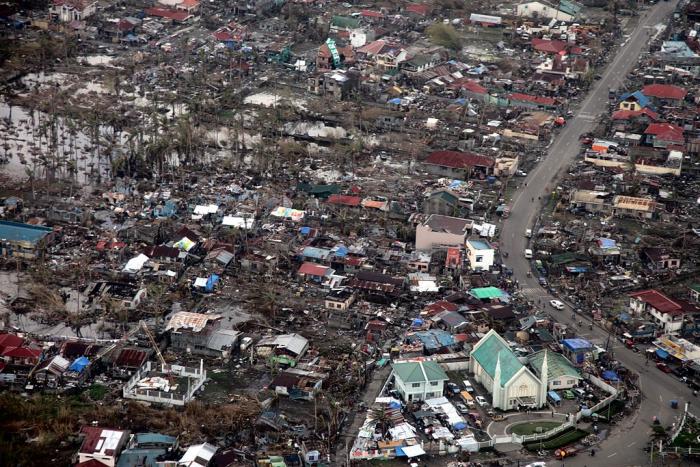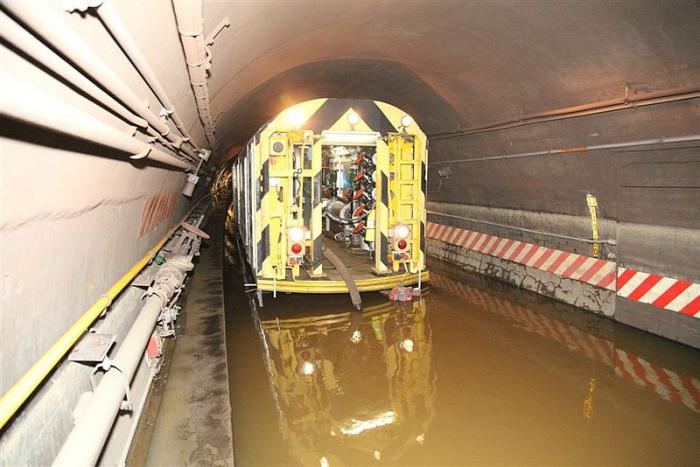Module 1: Societies and Economics of Coastal Regions
Introduction
It seems that each year brings new and bigger disasters to coastal communities around the world. Summer 2017 brought Harvey to Houston, Irma to the Caribbean, and Florida and Maria to the Caribbean. Summer 2018 brought Hurricane Michael to the Florida Panhandle coast and Hurricane Florence to North Carolina, with devastating results. Not to be outdone, the Summer of 2019 brought Hurricane Dorian, which wreaked havoc in the Bahamas. And Summer 2022 brought Ian to southwest Florida. Each of these recent storms had its own unique effects on hundreds of communities large and small, many of which are still struggling to recover. Looking further back in time now, Hurricane Katrina (2005), Super Storm Sandy (2012), Super Typhoon Haiyan (2013), the Tsunami of Christmas 2004, and the Japanese Tsunami of 2011 all grabbed the world's attention. We have become familiar with images on our screens of the devastation and misery that result from these natural disasters. The ready accessibility of worldwide information on social media means we all have a certain level of knowledge about them. However, coastal flooding is not limited to notable storm effects. Communities around the world are dealing with quieter but still destructive flooding caused by ongoing sea level rise. You may have heard about sunny day flooding in Miami, FL, and Annapolis, MD. These are just two examples of communities dealing with more frequent flooding related to sea level rise. What is it like to live in a city that is highly vulnerable to coastal flooding, and what kinds of actions are people taking to protect themselves? This first module will attempt to introduce you to a few of the most vulnerable coastal cities and communities around the world through exploration via Google Earth. We will begin to consider why certain places are more vulnerable than others.


The dramatic examples above underscore the vulnerability* of some of the world’s major cities and many smaller communities. Each catastrophic event involved the inundation of large, densely populated areas – killing hundreds to thousands of people, flooding houses, businesses, schools, and hospitals, and crippling infrastructure. Many years are spent in recovery, during which time the eyes of the media turn elsewhere.
Super Storm Sandy may have been the event that finally woke up enough people to bring to the forefront the conversation about ways to address the pressing issues of increasing levels of coastal flood risks faced by major metropolitan areas around the world.
*"Vulnerability" is used loosely here. Later in the course, vulnerability will be used in a more specific way.
Some questions we will begin to explore in Modules 1-3 and continue to explore in later modules are:
- What are the underlying causes that make a community more or less vulnerable to these types of damaging events?
- Will disasters like Super Storm Sandy and Hurricane Katrina become more frequent?
- What can communities do to avoid future devastation and protect their residents?
- How do communities respond to more frequent flooding due to sea level rise?
Module 1 of this course will begin to explore these questions. You will use Google Earth and other sources to investigate the details of several coastal cities considered to be particularly vulnerable and begin to develop your own answers to the question posed above.
The modules that follow will introduce factors related to the geologic processes that have formed our coasts, and the geomorphology and ecology of coastal areas that contribute to the level of vulnerability of a location. The engineering solutions to the hazards will be considered, as will the ways in which societies can work to become more resilient to coastal hazards. The social science concepts of vulnerability will be further explored to give a complete picture of the hazards and hazard mitigation in coastal regions around the world.
